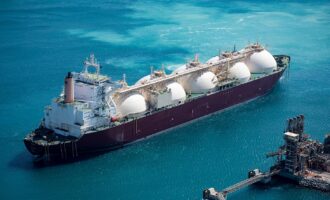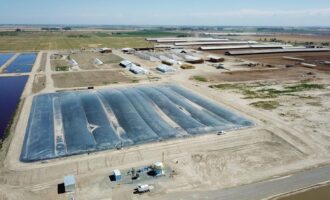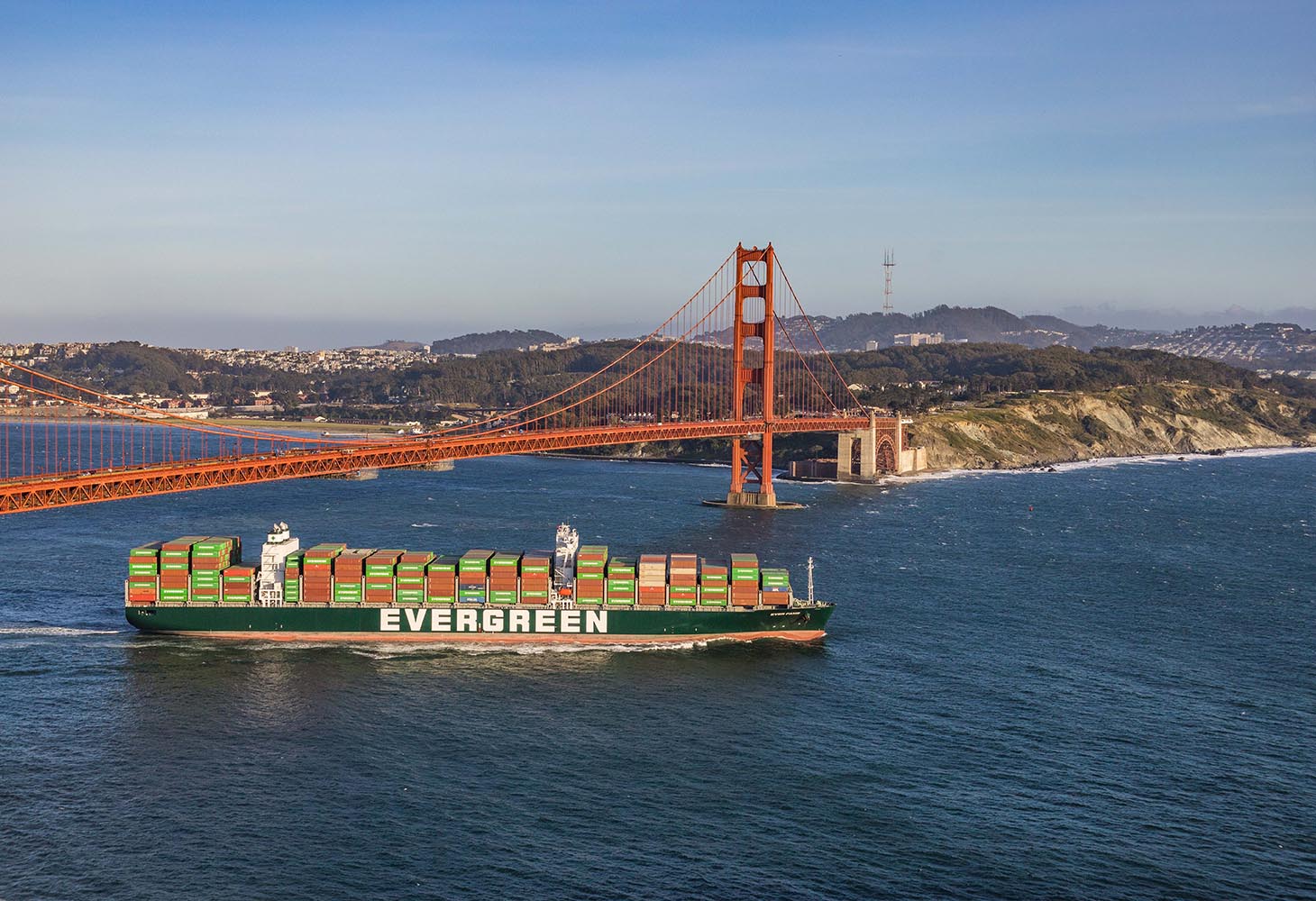
Marine fuels: renewable LNG may not be the silver bullet
Ship operators, driven by International Maritime Organization (IMO) emissions regulations, have turned to liquefied natural gas (LNG) to comply with tightening regulations. Thus, LNG consumption as a marine fuel has grown 28% globally between 2012 and 2018. Global demand for LNG as a marine fuel is set to triple between 2019 and 2030, according to the International Council on Clean Transportation (ICCT), an independent nonprofit organisation that provides unbiased research and technical and scientific analysis to environmental regulators. As of February 2022, there were 1,050 ships that can operate on LNG with a further 700 additional LNG-capable ships on order.
LNG contains only trace amounts of sulphur and features low nitrous oxide (NOx) emissions when operating with low-pressure injection dual-fuel engines (LPDF). Therefore, it easily complies with existing greenhouse gas (GHG) emissions targets and is seen by many as an immediate solution for decarbonisation. Up to 15% carbon dioxide equivalent (CO2e) emissions life-cycle benefit has been attributed to fossil LNG as a marine fuel compared to marine gas oil (MGO), calculated over a 100-year timescale.
Even though it complies with existing IMO regulations, LNG comprises mostly methane. Methane emissions have been linked to severe global warming impacts. The Intergovernmental Panel on Climate Change (IPCC) says methane impacts can be 30 times greater than carbon dioxide (CO2) over 100 years and 80 times greater over a 20-year period. Methane slip, the leakage of unburned methane from marine engines can have a heavy emissions effect. This can result in higher well-to-wake (WTW) CO2e emissions when compared with conventional marine fuels.
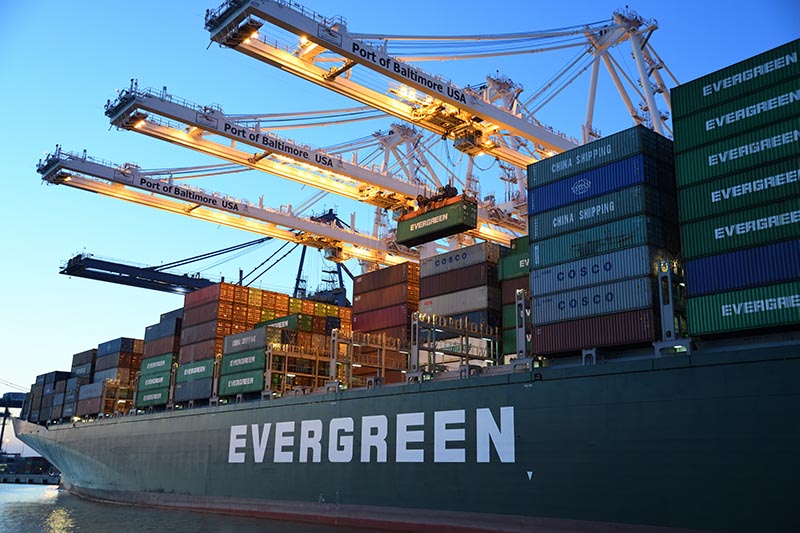
Well-to-wake refers to the entire process of fuel production, delivery and use onboard ships, and all emissions produced therein.
Much of the interest in LNG as a marine fuel is predicated on the idea that LNG ships can easily be converted to bio and e-LNG (“renewable” LNG) in the future. However, a report published on September 14, 2022, by the ICCT suggests that the shift to renewable LNG may not be the silver bullet that many in the industry believe it to be.
The report, Comparing the future demand for, supply of, and life-cycle emissions from bio, synthetic, and fossil LNG marine fuels in the European Union, compares predicted LNG demand to the potential supply of renewable LNG using three possible policy scenarios. The ICCT’s report also calculates the life-cycle WTW GHG emissions based on the variable fossil fuel mix in a European shipping context.
A trend toward burning LNG in dual-fuel internal combustion engines is apparent, where up to 4.5% of fuel can escape as unburned methane. Four-stroke LPDF engines are the most popular LNG engine and are associated with the highest methane slip, says the ICCT. High-pressure injection dual fuel engines (HPDF) emit lower methane emissions and are more fuel efficient. However, they usually require exhaust gas aftertreatment due to high NOx emissions and are therefore more expensive to acquire and operate.
The ICCT’s analysis suggests that 4-stroke LPDF engines operating on LNG can emit up to 82% more life-cycle CO2e emissions compared to MGO. The report also highlights the impact of methane leaks throughout the fossil gas supply chain from extraction right through to transportation and bunkering.
In an ideal world, dual-fuel engines would shift to renewable LNG—either bio-LNG produced by converting biomass into biomethane or e-LNG—to deliver a reduction in emissions. This, however, assumes there is an ample supply of renewable LNG to meet demand, says the ICCT. Even so, issues with methane slip still need to be eliminated.
While the report notes that anaerobic digestion to produce compressed biomethane is commercially mature in some applications, the reality is that supply of renewable LNG is extremely limited. The report also raised questions about the use of maize silage in many EU biomethane facilities and their limited impact on life-cycle GHG emissions.
Supply of renewable LNG is “a function of the price users are willing to pay,” says the ICCT. The organisation suggests renewable LNG could be “at least seven times more expensive than fossil LNG in 2030.” E-LNG could be supplied at approximately EUR49/per gigajoule (GJ) or USD48.48/GJ compared to an expected fossil LNG price of EUR7.3/ GJ (USD7.22/GJ). This analysis assumes point source carbon capture at USD40/ton of CO2, not direct air capture (DAC). Policy support is critical to driving uptake, says the ICCT.
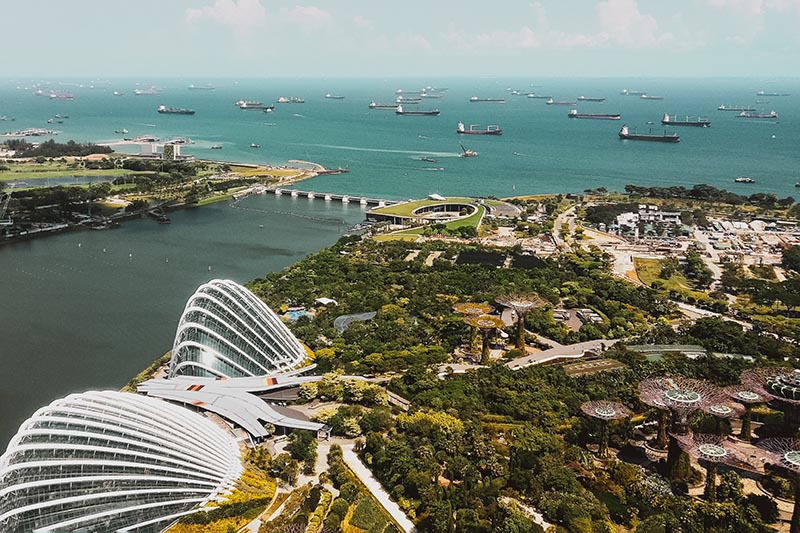
Three different policy scenarios were modelled in the report to determine their impact on pricing and availability. In a “no subsidy” scenario, effectively all LNG continues to be fossil LNG in 2030, resulting in a tripling of WTW GHG emissions from LNG-fuelled ships, compared to 2019.
A subsidy of EUR25 per gigajoule (USD24.74/GJ), considered a mid-range level of policy support, would also have minimal impact on renewable LNG uptake. 96% of demand continues to be served by fossil LNG and, similarly, WTW GHG emissions are almost triple those of 2019. In this scenario, only landfill gas feedstock would be cost-competitive with fossil LNG, which the ICCT notes is in limited supply.
The final scenario models a EUR50/GJ (USD49.47/GJ) subsidy, a level that is higher than any existing policy incentive in the region and would require annual public expenditure of EUR17.8 billion (USD17.61 billion) in 2030. This substantial funding unlocks a broader LNG fuel mix by enabling price parity for e-LNG and the more expensive LNG biofuels from agricultural residues, says the ICCT.
At EUR50/GJ, we start to see real impacts with the subsidy enabling a full transition to renewable LNG. WTW CO2e emissions are reduced in LNG ships by 79% on a 100-year global warming potential (GWP100) basis, and 65% on a 20-year (GWP20) basis compared to the “no subsidy” scenario.
Overall, WTW CO2e emissions using renewable LNG are 38% lower on a GWP100 basis in this scenario but remain 6% higher on a GWP20 basis compared to 2019. The authors attribute the growth in the LNG-fuelled fleet and ongoing issues around methane slip and leakage in total WTW CO2e emissions. In this scenario, methane contributes 87% of CO2e emissions in 2030, compared to 47% in 2019.
The ICCT emphasised that other fuels could offer low life-cycle emissions without the methane problem, such as synthetic diesel and green methanol. Similar production costs and technical constraints were identified, but the authors noted the ability to utilise existing distribution networks and easier onboard storage. Conventional marine engines or dual-fuel engines can employ synthetic diesel, including existing LNG-fuelled ships, says the ICCT. Methanol requires new or modified dual-fuel engines.





